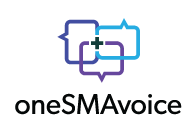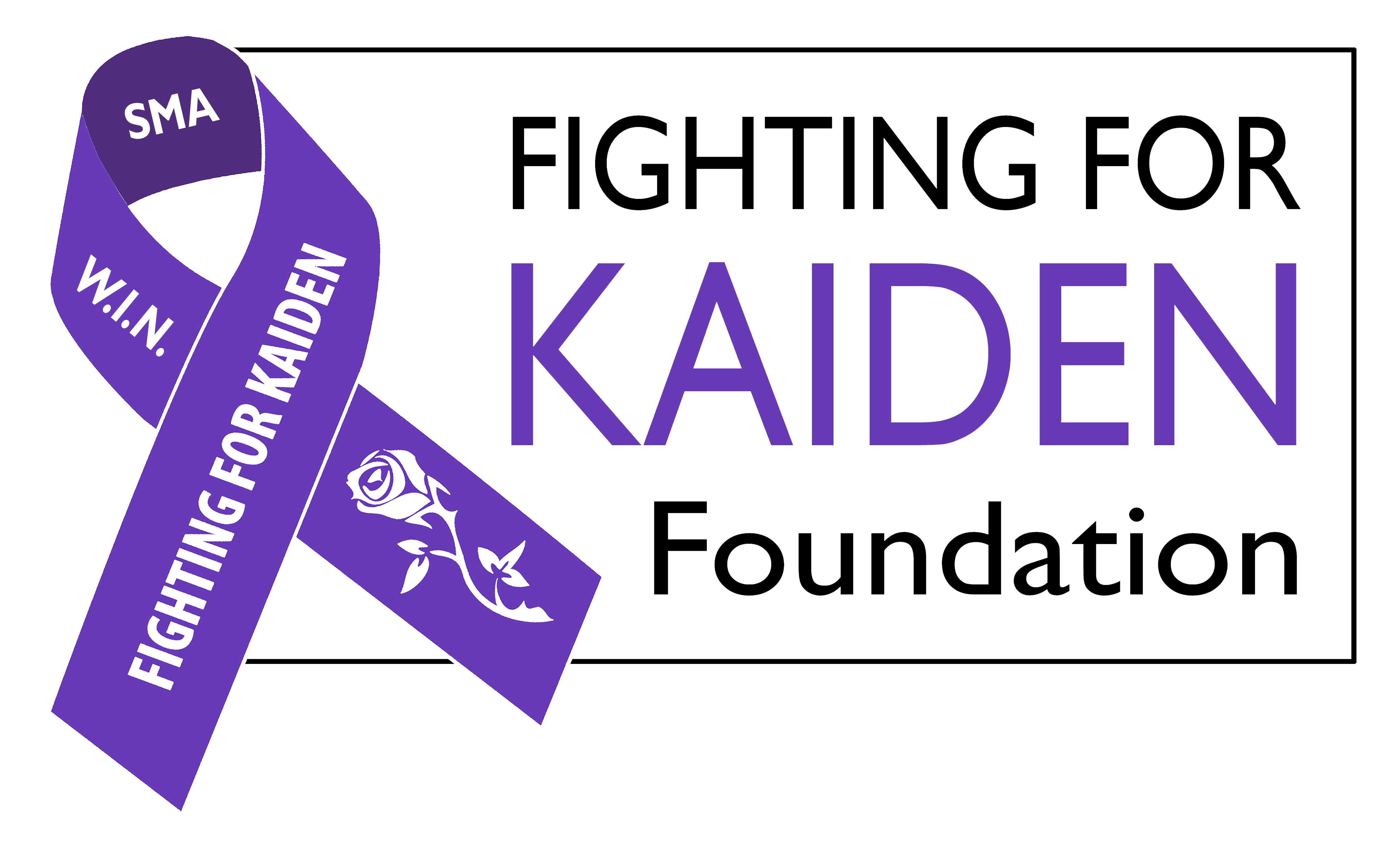Trusted Resources: Education
Scientific literature and patient education texts
Sleep Breathing Disorders in Pediatric Patients With Spinal Muscular Atrophy 2
source: Sleep Medicine
year: 2021
authors: Bertrán K, Sans Capdevila O, Nascimiento A, Ortez C, Natera D, Iranzo de Riquer A
summary/abstract:Objectives: The study is aimed to analyze both sleep architecture and prevalence of sleep-disordered breathing (SDB), in a group of patients with type 2 spinal muscular atrophy (SMA), considering motor dysfunction, and compare them with age-matched controls.
Methods: Eighteen SMA type 2 patients (nine males median age 9.5 (4–17) years) and eighteen controls (fourteen males, median age 8,5 (1–16) years) underwent nocturnal polysomnography. SMA type 2 patients were evaluated with motor scales; Hammersmith Functional Motor Scale Expanded (HFMSE), Revised upper limb model (ULMR) and Egen Klassification Scale Version 2 (EK2). Parents/tutors completed two pediatric sleep questionnaires (respiratory subscale from Chervin Pediatric Sleep Questionnaire and Bruni’s Sleep Disturbance Scale for Children).
Results: When compared with controls, SMA type 2 patients showed no significant differences in age (9.72 ± 4.2 vs 8.22 ± 3.9 (p = 0.28), gender 9 (9 men (50%) vs 14 (77,8%) (p = 0.083) and nutritional status; Body Mass Index (BMI) (16.4 (12.2–34.8) vs 17.6 (4.4–24.2) (p = 0.83). Apnea Hypopnea Index (AHI) was statistically higher in SMA type 2 patients (6.7 ± 6.2 vs 0.4 ± 0.3) (p < 0.001). The SpO2 mean values in cases were (96% ± 1.4) vs (97.5% ± 1.2) (p = 0.007). TcPCO2 median value (41,5 mmHg; (range 34–47.2) in the SMA type-2 patients within normal reference values. Only one motor scale; Hammersmith Functional Motor Scale Expanded (HFMSE) showed a negative correlation with AHI (r = −0.132).
Conclusions: Patients affected by SMA type 2 presented significantly higher apnea-hypopnea indices than controls; differences in sleep architecture identified include: decreased total sleep time, increased percentage of stage N1 of NREM sleep as well as increased sleep fragmentation seen in the SMA type 2 group, due to respiratory related arousals. We would like to point out that validated pediatric sleep questionnaires in general population, may not be useful tools when screening for SDB in these patients. This should be taken into consideration in clinical practice and in the elaboration of future clinical guidelines for these patients.
organization: Sant Joan de Deu Hospital, Spain; Universitat de Barcelona, SpainDOI: 10.1016/j.sleep.2021.11.006
read more
Related Content
-
Pediatric Spinal Muscular AtrophyWhat is spinal muscular atrophy (SMA)?Sp...
-
Evaluation of a Case Management to Support Families With Children Diagnosed With Spinal Muscular Atrophy—Protocol ...Spinal muscular atrophy (SMA) is a rare ...
-
Once-Daily Risdiplam Beneficial in Patients With Types 2 and 3 SMA: LancetOnce-Daily Risdiplam is beneficial in pa...
-
How One Mother Is Raising Awareness for Spinal Muscular Atrophy – A Leading Genetic Cause of Infant DeathWhen Nicole Clark’s son Brady was born...
-
SMA Type 2 – Looking After Your Child Who Has Had a Recent DiagnosisOne of the first questions many families...
-
Safety and Efficacy of Once-Daily Risdiplam in Type 2 and Non-Ambulant Type 3 Spinal Muscular Atrophy (SUNFISH Part ...Background: Risdiplam is an oral small m...
-
Patient of the Month: GiannaAfter noticing that her daughter was una...






 Bookmark
Bookmark





